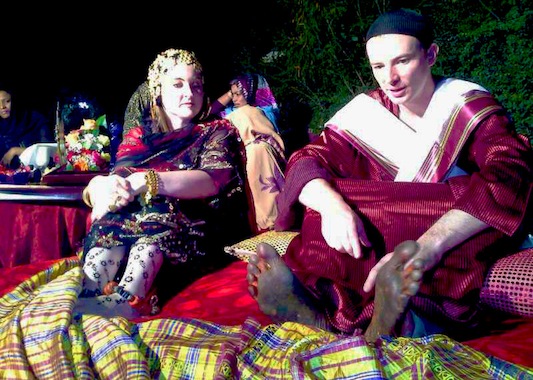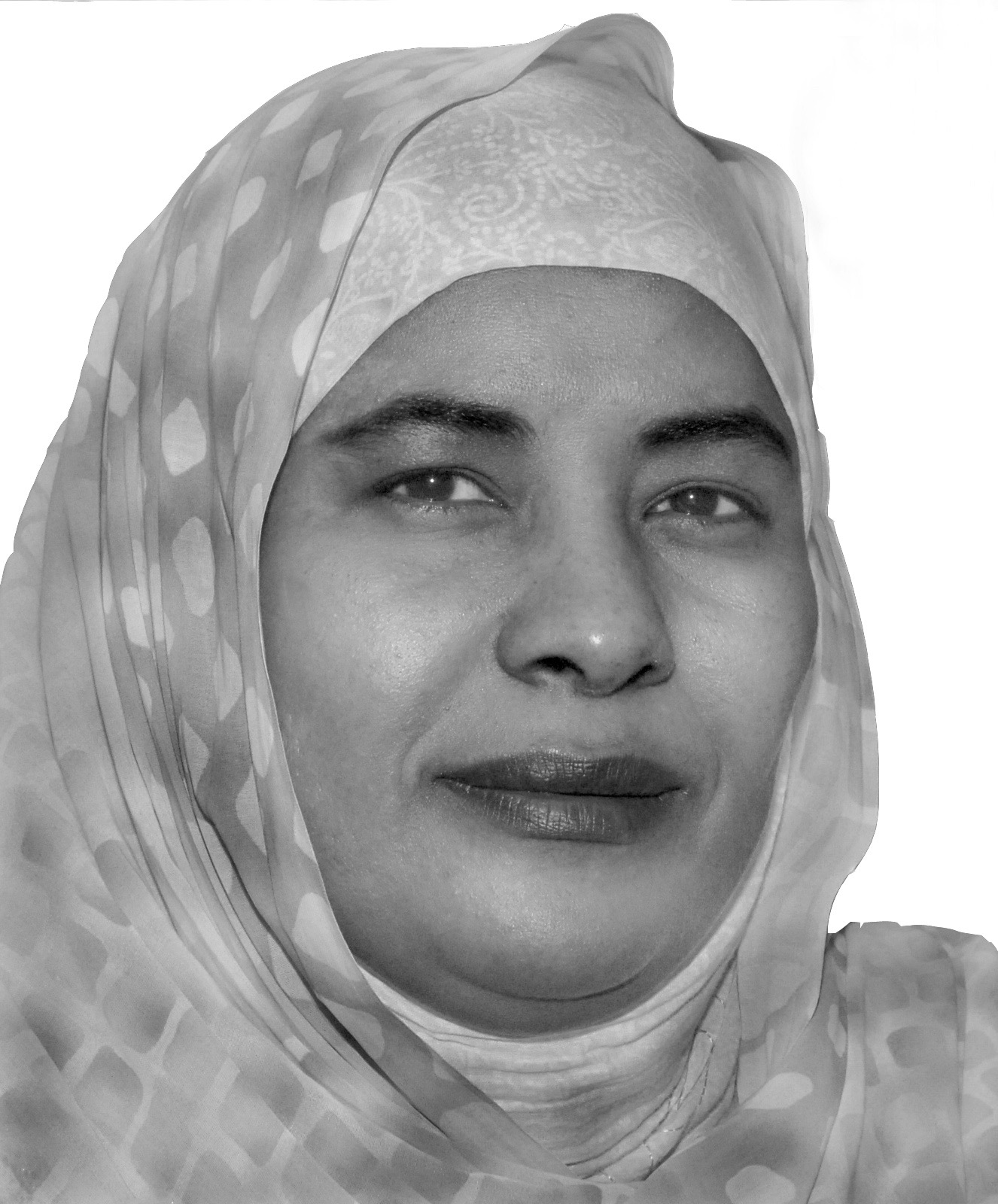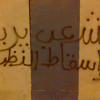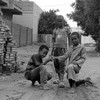Changing times: Sudan’s wedding traditions in flux
Hanan Abdurrahman, a 21-year-old bride, ascended the high jirtig bed without looking at the dozens of women who had gathered around the bed to stare at her and cover her with perfume and oil.
The traditional ceremony involves cutting her raht, a short skirt or underwear. According to Sudanese traditions, a bride wears only a raht. Beads of candy or date are connected to the leather pieces which make a belt.
When the groom pulls a strand, the raht falls and the bride is left standing naked in a room of female relatives, from both her and her groom’s family. According to tradition, everyone admires her before the groom covers her with a velvet dress.
 Some foreigners are also attracted to the jirtig (wedding ceremony) traditions, April 11.
Some foreigners are also attracted to the jirtig (wedding ceremony) traditions, April 11.
Hanan said she was not happy about this custom, even though she was among the modern brides who remain fully dressed during the ceremony. Her grandmothers, however, had stood completely naked.
With her head bowed, Hanan sat still as her grandmothers and aunts applied a mixture of perfumes and oils on her head and some parts of her body. They asked her to stand on the middle of the bed so that everyone could see her beauty and adornment, then her groom cut her raht, which she was wearing over her long dress. The raht beads were thrown at the reception later, since it is said that single women who catch the beads will be the next to get married.
In articles he wrote in the mid 20th century, Professor Abdullah Tayeb said the jirtig and raht parties used to be held at the noon following the wedding night” and that the groom goes to his mother’s house, then his sisters and female cousins and neighbours go with him to the bride’s house”.
The groom sits on the decorated and incensed bed, then stands raising his sword covered with crocodile skin and his whip made of rhinoceros skin, and his best man also holds a sword and a whip”.
Then the celebration begins and women start dancing. The bride dances covering her face with her right hand while her left one is on her buttock. The groom holds her hand to prevent her from falling.
Some of these traditions are fast disappearing, sparking mixed responses.
While some see it as a bad habit dating back to pre-Islamic ages, others stand by the tradition. A seventy-year-old woman who herself had taken part in the custom on her wedding night, commented: That a bride stands naked suggests her good health.”
The jirtig and raht parties are only attended by female relatives, especially grandmothers, mothers and aunts of both couples. The event usually takes place at the bride’s house. The groom is the only man allowed to attend.
Tayeb said some social traditions used to be practiced along or near the Nile over the past century. Some of them are still practiced in some parts of Sudan, especially in the countryside,” he said.
Social acceptance of these customs and rituals have been slipping over decades. Awatef Muhammad Muhey Eddine, a 50-year-old woman from a well-known family in Omdurman, recalls that during her wedding she was wearing a raht, but wore it beneath a dress. That was in contradiction to the prevalent customs,” she explained.
My mother stood completely naked and so did my grandmother and she even danced according to the traditions of her generation.”
She says she did not see anything wrong in practicing such customs which were prevalent back then. My mother stood completely naked and so did my grandmother and she even danced according to the traditions of her generation,” she added.
One of the jirtig rituals is that the groom gives his bride a handful of corn already planted and grown in her house, then the bride gives them back to him. This process is repeated seven times between them as a sign of optimism that their marriage will be blessed and prosperous.
The couple also drinks milk, sprinkling some on to each other, as a proof of loyalty between them. This process is repeated three times and the one who sprinkles the most is deemed more loving and loyal. This takes place amid encouragement and jibes from the respective relatives. These rituals are accompanied by singing from the older women.
But not even older generations are convinced of the merit of these time-tested traditions. I do not believe in the jirtig rituals and did not want my daughters to follow them,” said 70-year-old Nabawyia Muhammad Ali. I did so to meet the desire of some, but I only put on perfumes and drank milk.”
For many girls, the jirtig and raht parties have morphed into a social occasion -- without rituals of bygone years.





